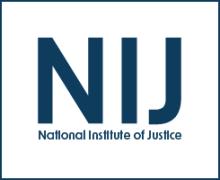Advancing Police-researcher Collaboration and Evidence-based Policing: an Evaluation of the Applied Criminology and Data Management Course
Journal
Date Published
November 2024
Agencies
NIJ-Sponsored
Publication Type
Research (Applied/Empirical)



